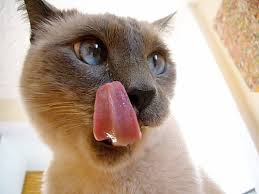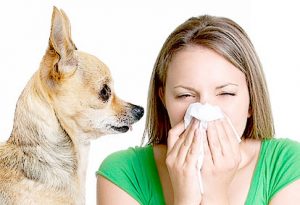This article contains affiliate links. If you make a purchase after clicking on a link I may earn a small commission at no extra cost to you.
Pet dander is one of the most common allergies.
Pets are great to have as part of your life. As well as simply being a pleasure to own, it has been proven in research that there are many benefits to be gained from teaching children responsibility and respect. Many older members of our society who may suffer loneliness anxiety or depression benefit from pet ownership. Unfortunately many people suffer from the symptoms of dander.
What is pet dander?
Dander is a combination of hair or dead skin cells which may trigger reactions such as asthma or other symptoms. Apart from dander you should be aware of the possibility that there are other aspects of pet ownership that may potentially bring about additional allergy triggers including faeces, and saliva founded in many animals including cats and dogs that can activate allergic reactions in some people.
It is even possible for dried saliva which will contain allergens to flake off from your pets and to become airborne work may be in a inhaled by an individual that is susceptible to this allergen.
It wished to have pet that produces no dander apart from fish and try the cold lighted pets such as frogs turtles lizards and snakes as they do not produce dander.
Pet dander is made up of small microscopic particles of skin which is shed by nearly all animals including birds rodents dogs and cats these particles cause reactions in individuals who are susceptible to these triggers. It should be understood that allergens also come from other sources apart from skin.
Pets including dogs and cats may cause allergic reactions from the proteins found in their feces,urine and saliva. Allergens may may become airborne such as tribe saliva flaking off from the cat’s fur and becoming airborne and subsequently inhaled by an individual who is susceptible to this trigger. Dried faces can also be suspended and potentially inhaled in the same way.
Which animal are the most people allergic to?
Around 27% of homes in the United States are home to a cat and 32% of homes how’s the dog according to research it is reported that twice as many people report reaction to cats than to dogs.
There is not a cat or dog that is non-allergenic. Hairless or shorthaired pets contribute allergens and dander issues equally compared to longer haired breeds. In saying that the fur from some animals may be carrying allergens such as dust which may in itself be another trigger.
One of the most common symptoms or reaction to pet allergens or dander is asthma. Continual breathing of these allergens may bring about a decline in the performance of the lungs. Individuals who are susceptible to these allergens may potentially experience lower and upper respiratory tract difficulties including wheezing, tightness of the chest, a continual running nose uncontrollable sneezing and congestion. They may also suffer from rashes eczema, watery eyes or itchy eyes.
What is the best way to control pet allergens?
The reality is that for individuals who are sensitive the only way to protect the quality of the air is to exclude the
animals from the home. You must remember that allergens may potentially remain in the house for weeks or months after the pet has been removed due to
the allergens in the house dust. Asthma symptoms and allergic reactions may take months or weeks to improve.
If individual can handle the pet staying in the house just make sure the animal does not go into the bedroom or furniture upholstery and preferably keep the
pet off carpeted areas. Regular cleaning of the house is essential to minimise the accumulation of dust.
However, pet dander allergy is considered more of a nuisance allergy than a real threat to humans.
Symptoms of Pet Dander Allergies
Each person that suffers from a pet dander allergy displays a unique set of symptoms. While it is incredibly rare, there are cases where these symptoms can be life threatening.
In most cases a pet dander allergy reaction starts with itchy, red and watery eyes.
This is very similar to what a sufferer of hay fever will experience during the high pollen time of the year.
Hives are also possible. A breakout of red spots all over the body is common in most pet dander allergy sufferers.
Whether or not this symptom occurs is usually dependent upon how long the exposure lasts.
In rare cases repository symptoms can occur. This symptom is generally reserved for those that have a severe allergy to pet dander. In most cases this symptom requires the victim to seek immediate medical attention.
 Causes of Pet Dander Allergies
Causes of Pet Dander Allergies
Like most allergies in the world the exact cause of pet dander allergies is not known. There are some correlations that the medical community has noted in treating pet dander allergy sufferers.
First, they have noted that many lifelong pet owners, especially those with long haired pets, are more likely to develop pet dander allergies.
This is due to the prolonged exposure to the allergen.
Also those that work with animals on a daily basis are likely to develop this allergy. This includes those that work in rescue shelters and in vet offices.
Finally there are those that have weakened immune systems can develop this allergy.
A weak immune system allows diseases and infections to run unchecked through the system. Pet dander can irritate already fragile areas of the internal body bringing about the allergy.
Treatments and Cures for Pet Dander Allergies
There is no actual cure for pet dander allergies but they can be controlled.
The most extreme of the treatments for pet dander allergies would be to remove all pets from the home. For many this is not an option they are willing to accept.
For those with a severe pet dander allergy there are a series of shots that can be administered by a doctor. It is important to note that this is not a cure. This means a lifetime of shots to suppress the symptoms of a pet dander allergy.
